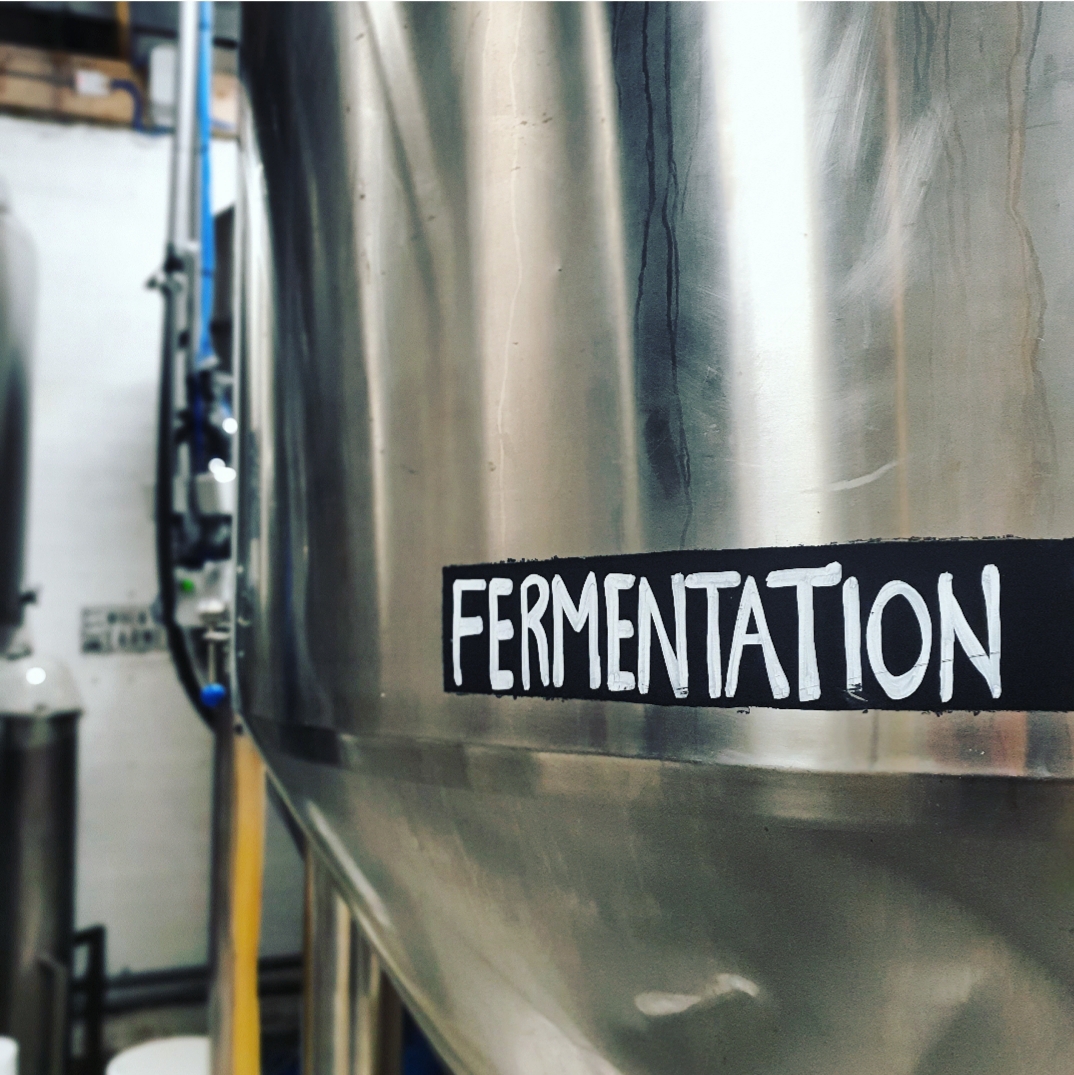
COOLING THE WORT
Once the wort has been boiled it needs to be cooled down before it can be transferred to the Fermentation Vessel so that it’s at the optimum temperature for yeast to be added. Too hot and the yeast will die, too cold and it won’t be active enough for fermentation.
To do this we pass the wort through a plate Heat Exchanger. As the hot wort flows along one side of the plate, cold water flows along the other side producing a “heat exchange”, cooling down the wort.
The wort is then transferred to the Fermentation Vessel and the water, not wanting to waste any of Speyside’s finest, is transferred to the Hot Liqour Tank to be heated up to be used for mashing in the next brew.
WHERE THE MAGIC HAPPENS
When the wort reaches the Fermentation Vessel it will have been cooled down to around 20 degrees – the ideal temperature for lovely active yeast.
The time has then come to pitch our yeast, which is just brewers’ speak for adding yeast to the wort.
Yeast is a living organism which feeds off the oxygen and fermentable sugars in the wort, converting the sugars to alcohol and producing CO2. This works out pretty well for us as we then don’t have to add any extra CO2 to our beers to carbonate them – it’s all done naturally during primary and secondary fermentation.
The secondary fermentation takes places during bottling conditioning – more on that in a few weeks!
CHOOSING YOUR YEAST WISELY
As well as giving us the all-important alcohol and CO2, yeast is also very important in creating the flavour profile of the beer. Different yeasts will produce different flavour profiles. We have 3 yeast strains running in the brewery. One accentuates malt flavours, another hop flavours and the third is used in Weizen, our German wheat beer.
For Hurricane we use Kolsch yeast as it has a very light flavour profile, having minimal impact on the taste of the beer while helping to accentuate the lovely hoppy aromas Hurricane is known for.
We leave the yeast to do its thing for a few days before cooling the beer down further and let it condition in the conditioning tank. More on this next week!
If you’d like to find out more about our beers and explore the different styles we brew and how we make them, you can arrange a private virtual tasting with our resident beer geek (and Tap Room Manager) Andrew – find out more here.
Subscribe to our newsletter with stories from our latest adventures and the best beer tips



Windswept Brewing Co. Ltd. Company No. SC415555. VAT No. 137744690. All rights reserved.
AWRS No. XZAW00000100350

Windswept Brewing Co. Ltd. Company No. SC415555. VAT No. 137744690. All rights reserved.
AWRS No. XZAW00000100350